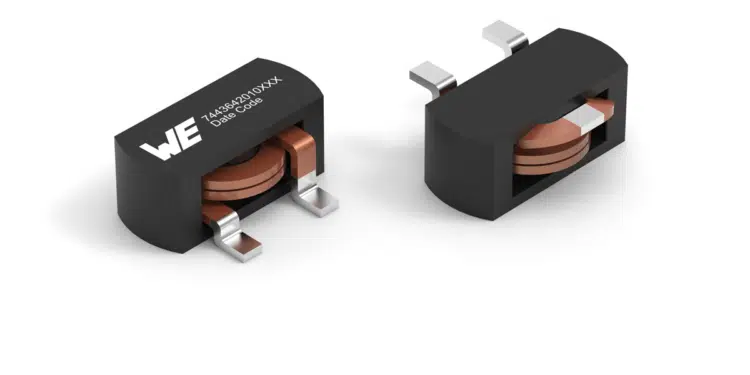With innovative improvements in its internal design, the latest model of WE-HCF-SMT high-current inductors from Würth Elektronik sets new standards in its class.
WE-HCF in the 2010 design offers significantly better characteristics than previously available inductors in this size: inductance values up to 2 μH and saturation currents up to 25% higher than comparable products in the market.
The magnetically shielded flat wire coil with MnZn core impresses with a low resistance of 0.84 mΩ and low core losses. The recommended 3-pin contacting ensures mechanical stability of the WE-HCF, which is designed for an operating temperature of -40 to +125 °C. Potential applications include POL regulators for FPGA, ASIC and GPU, high-efficiency DC/DC converters, high-current switching power supplies, forward converters, half-bridge and full-bridge converters, as well as battery chargers and solar inverters.
WE-HCF 2010 is available immediately from stock with no minimum order quantity. Würth Elektronik will provide free samples to developers upon request.
































